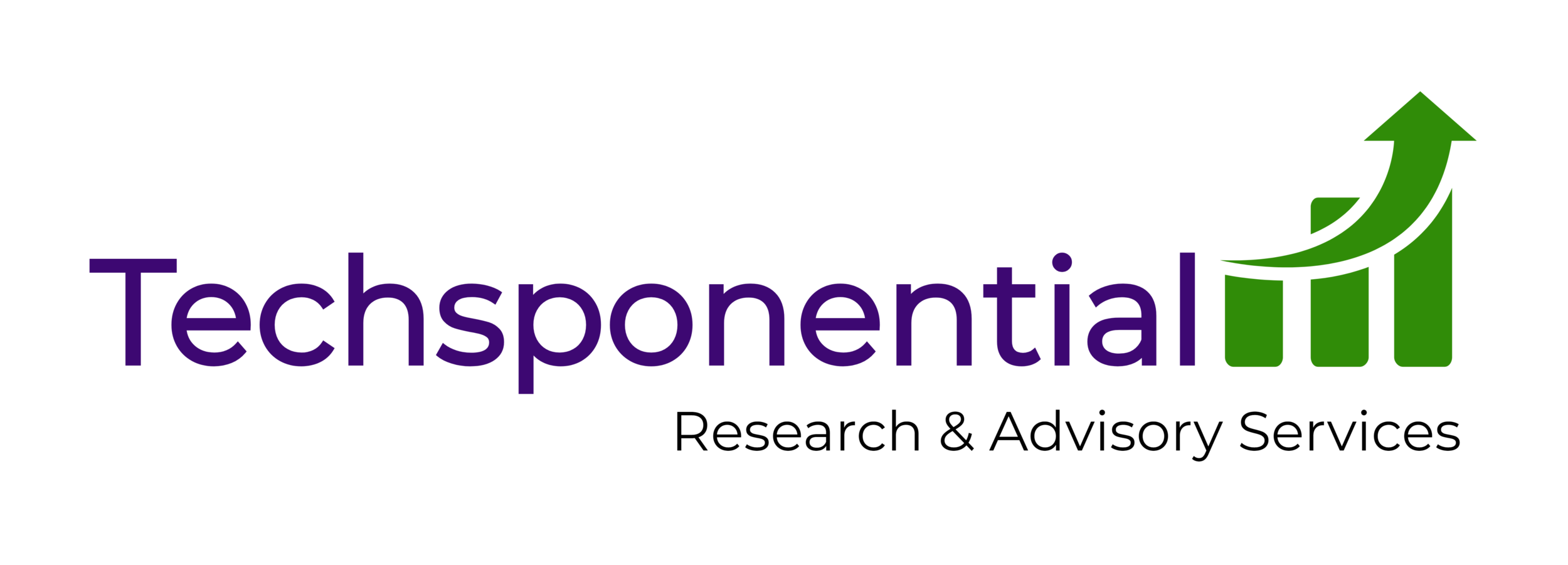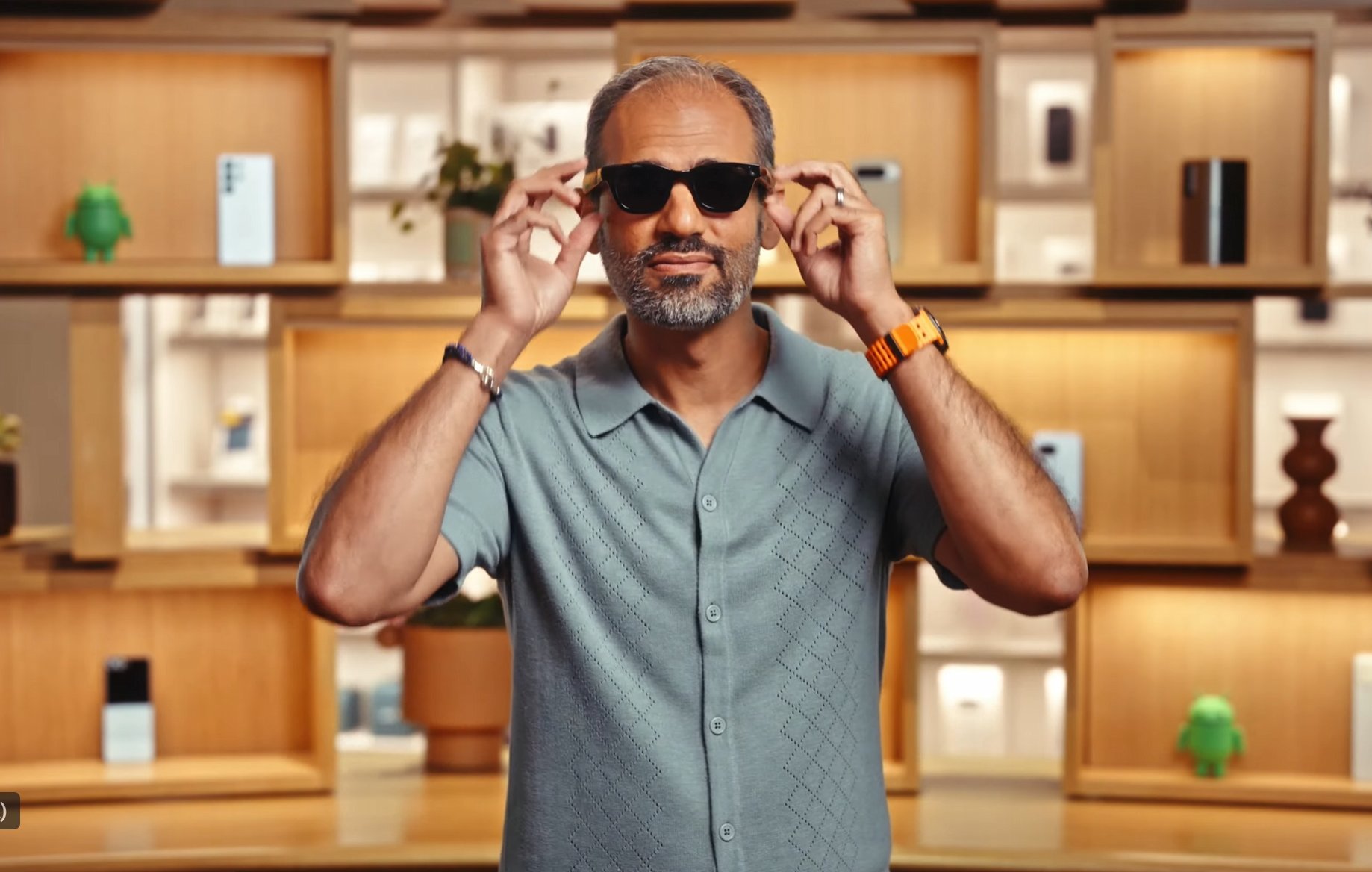Google I/O 2025: The Android Show
Google I/O is next week, but the company will likely spend most of its keynote time I/O focused on AI and developers, so it put most of its consumer-oriented Android news into a video launch the week beforehand. Android is mature overall, but there is plenty of differentiation from Apple (and Microsoft and Meta) across the broader ecosystem. Here are the announcements and what they mean, listed in order of competitive importance:
Google Leans on Lead in AI
Compared to Apple, Google has a lead in generative AI on its operating systems, and it is no surprise that it leaned heavily and often on that comparison. Before talking about new features, Google couldn’t help but remind us that Gemini is available today, globally, in 40 languages, and is integrated into the OS, not “just an app, like on some other phones.” Naturally, Google followed what I am terming, “Avi’s Law for AI Demos,” which is that every AI demo must include a segment where someone plans a trip.*
More Gemini news is expected at I/O, but Google did announce that Gemini is getting integrated across its devices ecosystem. In addition to phones, Gemini is coming to TVs (Android TV), smartwatches (WearOS), and cars (Android Auto/Car). That’s all nice to have, but Gemini integration will be critical for smartglasses and VR (AndroidXR). Multi-modal AI is expected to be a core part of the user interface, and even if Apple is slow to add enhanced Siri to Apple Vision Pro, Meta is aggressively building AI into its smartglasses today, with Llama 3 expected on more capable models later this year.
Sameer Samat wearing sunglasses that definitely aren’t Gemini and AndroidXR -enabled, nope, nothing to see here.
Capping off this section, Sameer Samat, President of Android Ecosystem, said that more details on AndroidXR will be announced at I/O, and then put on a pair of what are almost certainly Pixel Glasses – Google’s answer to Meta’s Ray-Ban smartglasses.
Promoting Partners
Google has clearly recognized that Android cannot live on Pixel alone, and the company went out of its way during The Android Show to promote partners. Its largest licensee, Samsung, got the most love, with a shout-out early about the Galaxy S25 Edge. Even before donning Pixel Glasses, Sameer was visibly wearing a Samsung Galaxy Watch Ultra throughout his presentation.
At the end of the Android Show announcements, Dieter Bohn, who is in charge of Product Narrative at Google after leaving The Verge, launched into a quick walkthrough of Android smartphones showing off unique features and Gemini integration. This included Samsung’s Galaxy s25 Ultra with its anti-reflective display; Google’s Pixel 9a with its lack of camera bump; Motorola’s razr ultra with its Gemini-capable folding front display and rear panel covered in real wood; and Nothing’s 3a Pro with its rear LED lighting array. The camera also panned across a Xiaomi 15 Ultra and OnePlus 13. Device diversity really is an Android strength, so explicitly showing it off was a smart addition to the program.
RCS Launch Seems to be Going Well
The Green vs Blue bubbles messaging competitive advantage that Apple’s iMessage enjoys is primarily a U.S. consumer phenomenon – WhatsApp is more popular in India and Brazil, and Signal is the preferred choice for senior U.S. military logistics coordination. However, U.S. consumers are still a crucial market for Google, and its RCS-centric strategy to break into reliable group messaging is bearing fruit. Google now reports that over 1 billion RCS messages are sent daily on Android in the U.S. The expanded use of RCS won’t peel away dedicated iOS users from iMessage over to Android, but it should help slow the pull away from Android over to Apple.
Improving Security Further
When it comes to OS marketing, Apple has a clear lead in privacy, thanks to a business model that depends more on premium hardware and services and less on advertising. However, Google has arguably made more significant advances in security, pioneering theft prevention technology and live, on-device scam protection during voice calls. Google is adding several new Safety & Security features to Android 16, but it is expanding past features, too. For example, Scam Protection launched on Pixel 9 phones with live monitoring of phone calls last year. In March of this year, Google expanded Scam Protection to Messages across other Android phones, protecting people from another key attack vector. Scam Protection evolves with the threat; recently Google started flagging toll payment messaging scams. As with phone calls, all analysis of the content of messages for Scam Protection is done entirely on-device.
Android is getting more secure against theft. Android phones can already detect snatch-and-grab theft designed not just to steal your phone hardware but to get access to your bank accounts. Android will now require you to log into your phone before displaying two-factor authentication text messages. If your device is lost or stolen, Android’s Find My is now part of Find My Hub, which consolidates device locations with people locations. Later this year, Find My will get satellite location information and the ability to share tag location with airlines so they can return misplaced luggage faster.
Android Gets a Makeover that Includes WearOS
Android is getting an expressive, animated facelift that Google is calling Material 3 Expressive. The core elements are more animations, more colors, and more interactivity that polled better in Google’s research overall, but especially with younger users. To my eyes, it looks great, but only some elements will be fully implemented on your next Android phone unless you buy a device from companies that don’t add their own interface overlays, like Motorola or Google itself. Samsung is completing its own new user interface overhaul on its Android phones; fortunately, that also looks good.
The Apple Watch is mature, tightly integrated with iOS, and extremely sticky: once someone buys an Apple Watch, they are unlikely to move to Android. Google ignored this threat for years and underinvested in smartwatches, but finally began to field a competitive offering with WearOS on Samsung’s Galaxy Watch line and Google’s own Pixel Watch. The WearOS interface could still use help, and Material 3 Expressive is also coming to WearOS. We’ll have to get hands on to know how much the new interface changes watch navigation, but Google spent time optimizing the code so that the animation-heavy interface actually increases battery life on watches by 10%.
For Techsponential clients, a report is a springboard to personalized discussions and strategic advice. To discuss the implications of this report on your business, product, or investment strategies, contact Techsponential at avi@techsponential.com.
* Apparently AI developers believe that humans are constantly planning trips, so this is a prime example of how AI can offload this regularly-occurring task. Furthermore, it presumes that consumers do not have any other sources of information for trip planning, and that they trust today’s AI to execute this complex, high-stakes set of interrelated decisions perfectly. Good luck with that.


